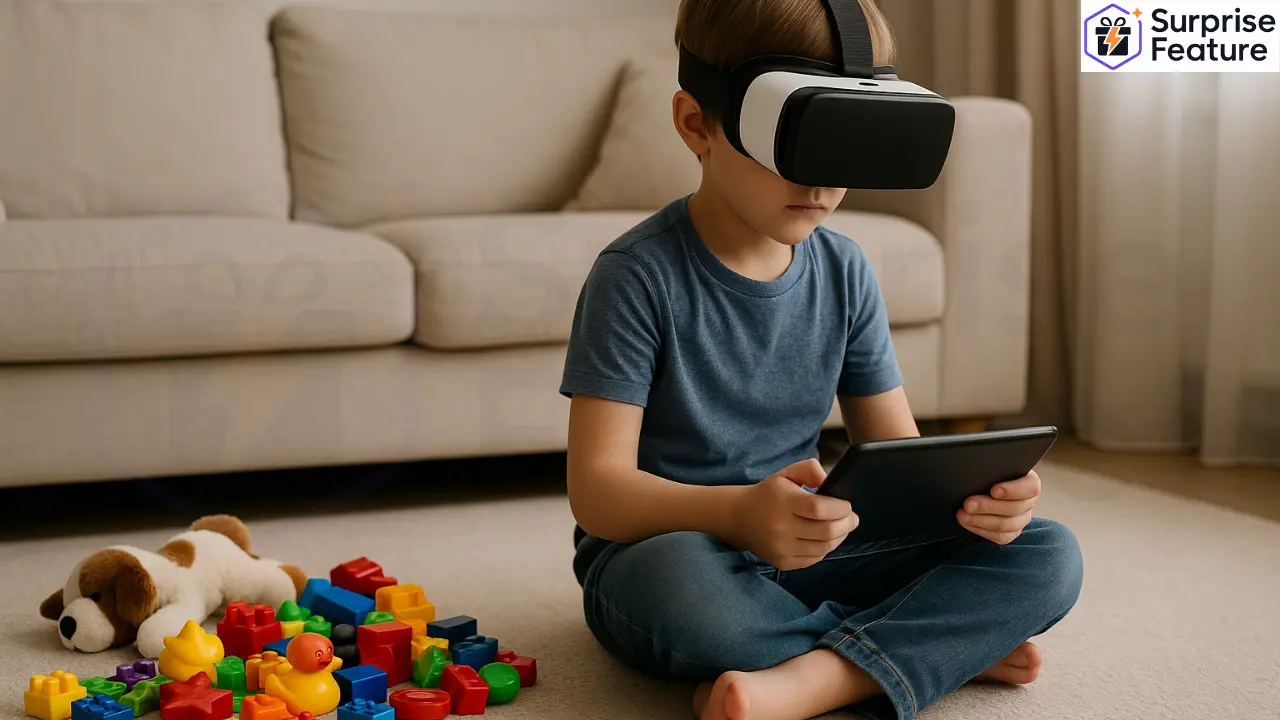The UI is the Conversation: Why Prompt Crafting is the New Must-Have Skill for Designers in 2025

"For decades, we've designed for the eye. Now, we must design for the voice, the text, and the intent. The most beautiful button in the world is useless if the AI doesn't understand what you want." — Dr. Anya Sharma, Head of Conversational AI at TechSphere
From Buttons to Dialogue: The Fundamental Shift
The familiar landscape of icons, menus, and buttons that has defined digital interaction for forty years is beginning to dissolve. In its place, a new, more intuitive, yet more complex interface is rising: the conversation. The launch of sophisticated, agentic AI systems has catalyzed a seismic shift in user experience (UX) design, moving the industry's focus from graphical user interfaces (GUIs) to conversational user interfaces (CUIs). The most valuable skill in tech product development is no longer just knowing how to arrange pixels on a screen; it's knowing how to architect a productive dialogue between human and machine.
This isn't about programming a simple chatbot with predefined pathways. This is about designing the foundational structures that allow a user to achieve complex, multi-step goals through natural language. This discipline, increasingly referred to as "Conversation Architecture" or "Prompt Choreography," is quickly becoming the new frontier of UX design.
Why Prompt Crafting is More Than Just "Engineering"
The term "prompt engineering" has gained popularity, but it can be misleading. It suggests a purely technical, mechanical process. In reality, the most effective practitioners blend psychology, linguistics, and design thinking.
It's About Understanding Human Intent
A skilled conversation architect doesn't just write commands for an AI; they anticipate the user's goal, emotional state, and possible misunderstandings. They design the interaction to be robust, graceful, and capable of recovering from errors—much like a good human conversation.
It's a Design Problem, Not Just a Coding One
Traditional UX designers create user flows and wireframes. Conversation architects create "prompt chains" and "reasoning frameworks." They design the sequence of interactions that guide an AI agent to book a complex vacation, analyze a dense financial report, or generate a marketing campaign, all based on a simple user request like, "Plan my family's summer trip to Japan."
The Core Principles of Conversation-First Design
For designers looking to adapt, this new paradigm is built on a few key principles:
- Clarity Over Cleverness: The goal is unambiguous understanding. prompts must be structured to eliminate ambiguity and guide the AI toward the user's true intent.
- Context is King: Effective conversations have memory. Designs must incorporate ways to maintain context across multiple turns, just as a human would in a dialogue.
- Graceful Degradation: What happens when the AI misunderstands? The design must include elegant fallback strategies and clarification steps, preventing user frustration.
- Personality & Tone: The AI's responses must be calibrated to fit the brand and the context—whether it's a professional financial assistant or a creative brainstorming partner.
Preparing for a Conversation-Driven Future
Major tech firms are already restructuring their design teams to include "CUI Designers" and "AI Interaction Writers." Bootcamps and online courses are rapidly emerging to fill the skills gap. The designers who will thrive in this new era are those who embrace language as their primary design tool.
They are the ones moving beyond asking, "Where should this button go?" and starting to ask, "How does this conversation begin? What are the potential misunderstandings? How does it successfully end?" The UI of tomorrow won't be a screen of buttons; it will be a simple text field, a voice button, and a well-designed conversation waiting to happen.

